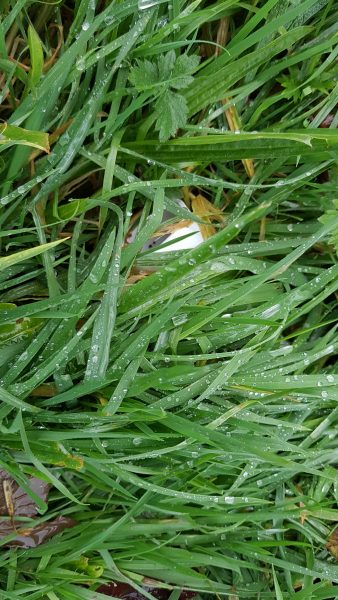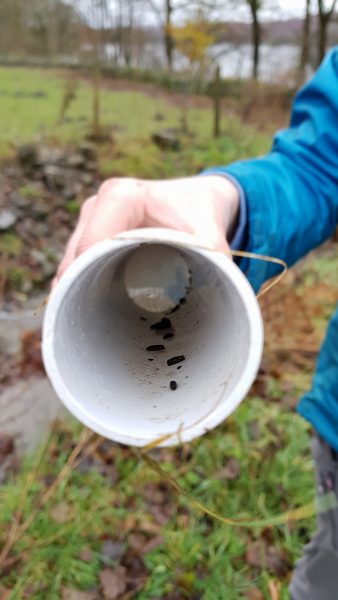
Shrew success!
Following surveys carried out by Envirotech Ecology consultants we are pleased to report that there is firm evidence of water shrews in the catchment.
Britain’s largest shrew is semi-aquatic and is under monitored. Water shrews are active all year round so they do not hibernate. They have thicker fur than of other shrews, efficiently insulating them against wet and cold. They are particularly vulnerable to pollutants in water and river bank modifications.
Water shrews have a high metabolism and are therefore prone to starvation, cold, wet and shock when surveying using traditional mammal traps so bait tubes are deployed. This form of surveying does not cause stress to the animal and will only confirm presence or absence and not population size. This survey method is successful due to the high metabolism of water shrews which means water shrews defecate whilst eating the bait in the tubes. Water shrew droppings can then be distinguished from other shrews as the scats will contain remains of aquatic invertebrates.
Four sites were surveyed and all showed evidence of water shrews. Further surveys will be carried out next year.


